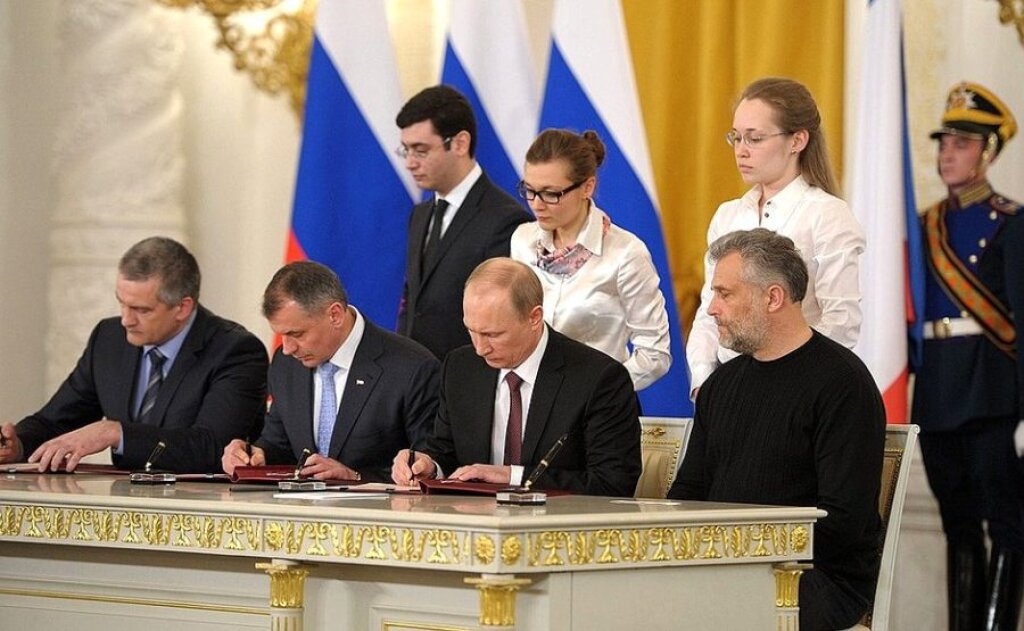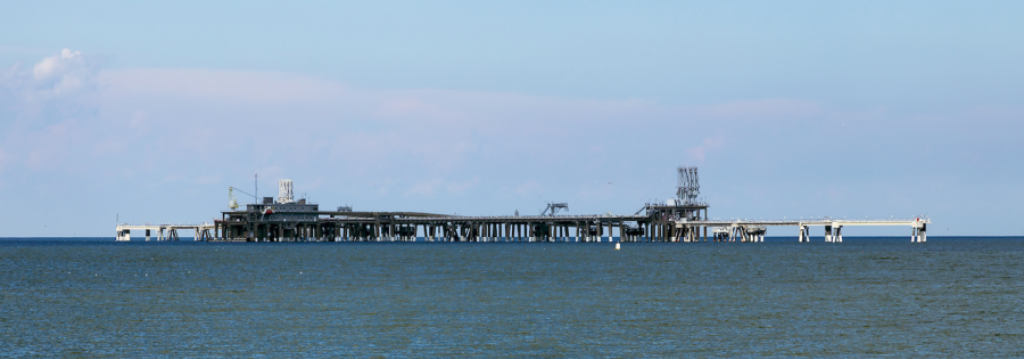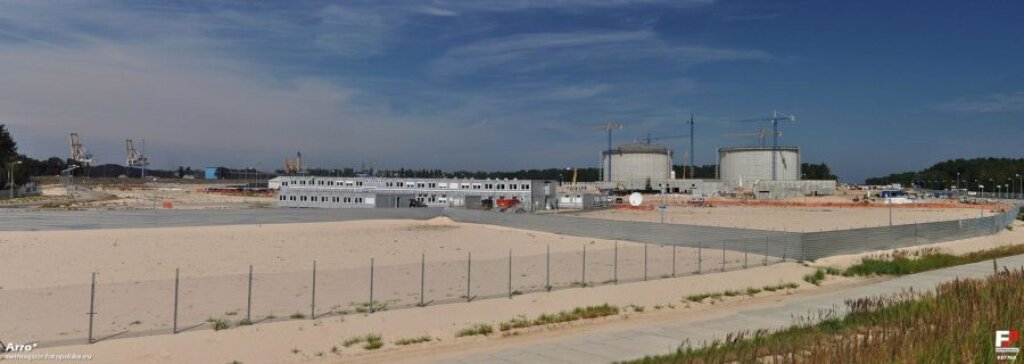Brianna Philpot is a graduate student of Russian and Slavic Studies and International Relations at NYU.
When Russia annexed Crimea in 2014, the United States reacted with its first round of sanctions against the country, with the Obama administration levying additional sanctions in December of 2016 after the American Intelligence Community announced that Russia had interfered in the American presidential election. We may never know what effect American sanctions have had on the situation in Ukraine, but one thing is clear: they have not deterred Russia from continuing to target American elections. Why? As this post will argue, the structure of the Russian economy is partly to blame.
In 2017, Russia’s top three exports (crude petroleum, refined petroleum, and petroleum gas) accounted for just over 50% of total Russian exports. This dependence on oil makes Russia vulnerable to market fluctuations. Although the Russian economy has diversified somewhat since 2013, systemic problems are likely to keep oil on top.
It is therefore no surprise that Russian energy companies like Gazprom and Rosneft have found themselves in the crosshairs of the US Department of Treasury: if you want to hurt the Russian economy, you go after oil. The trouble with this strategy is that it's not working: Russia’s sanctioned companies are doing better today than unsanctioned counterparts. Russia continues to sell because Europe continues to buy. Germany, for instance, derives 40% (36.47 billion cubic meters in 2017) of its natural gas from Russia, making it Gazprom’s single largest market.
Although Germany isn’t the only US ally buying gas from Russia, it is one of the most dependent on it. To address this issue, Germany has decided to build a liquefied natural gas (LNG) import facility, with American LNG theoretically poised to replace some of the Russian exports in the German energy market. This could be a game-changer in the long term, but how likely are we to see an impact before the next Russian presidential election in 2024?
By the end of 2019, American LNG export capacity will triple to 60 billion cubic feet per day. As Mexico increases its own production of LNG, American companies will be able to divert what they are currently exporting to Mexico to other markets. After Russia cut Poland’s power ten years ago, Poland resolved to eliminate its dependence on its neighbor and has since signed onto several trade agreements with American LNG companies, demonstrating America’s potential to disrupt the Russian energy market.
However, Germany’s relationship with Russia is very different from Poland's, a country whose long history includes multiple partitions, rebellions, and invasions. Germany thus views the plan to increase the capacity of Nord Stream, the Gazprom pipeline that transports Russian natural gas to Germany, as an opportunity rather than a potential pitfall. When construction is complete, the project will increase German imports of Russian gas from 40% to 60%.
Additionally, if the timeline between announcement and launch for Germany’s first LNG import facility is similar to Poland’s, it won’t be operational until 2025. Poland, meanwhile, was much more motivated to eliminate its dependence on Russia than is Germany, meaning that Russian gas will likely continue to enjoy its dominance in the latter country. Even after construction is complete, there’s no guarantee that American LNG will succeed in the German market. LNG import facilities in other European countries are operating at only 25% capacity, due in part to a price differential that favors Russian imports.
In short, American LNG is unlikely to make an impact on Russian energy exports in the near future, and as long as Germany and the rest of Europe remain dependent on Russian gas, sanctions against Russia aren’t going to hurt the Russian economy the way the United States might be hoping.





